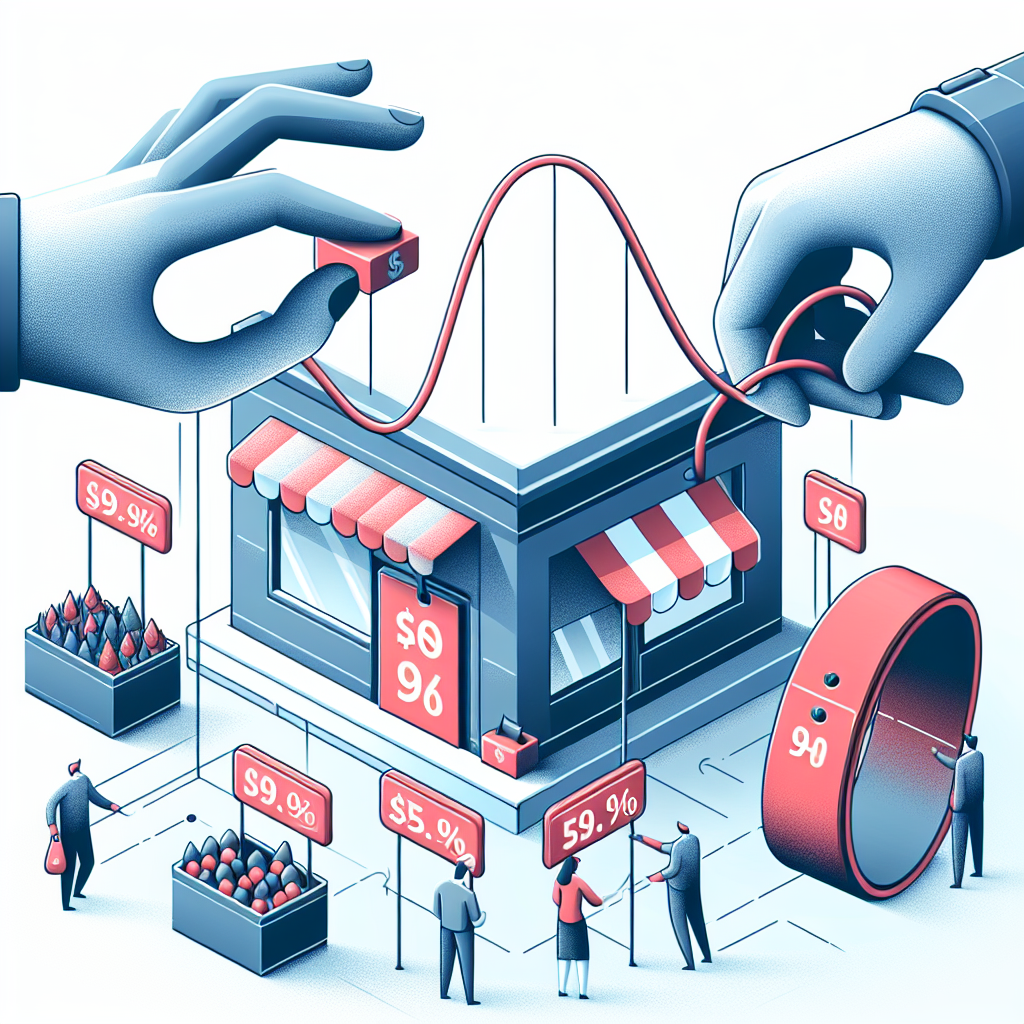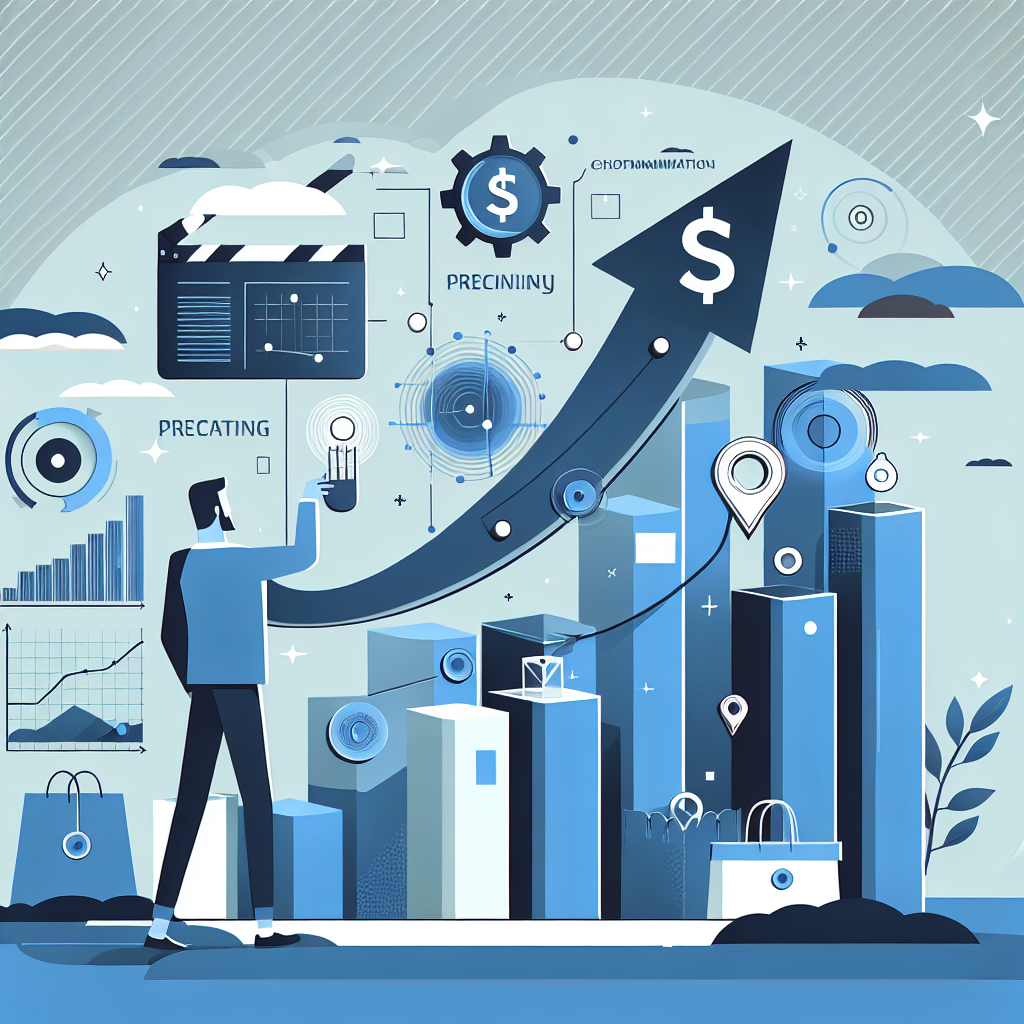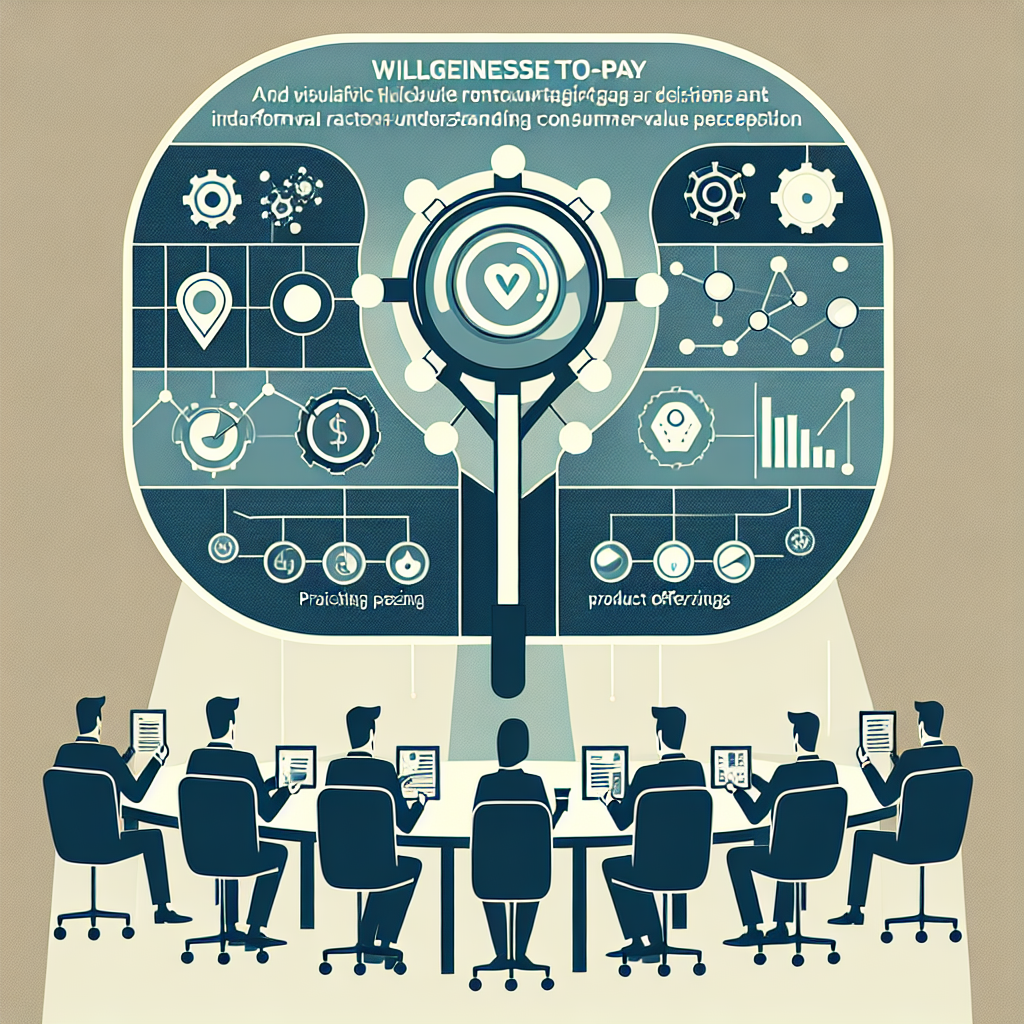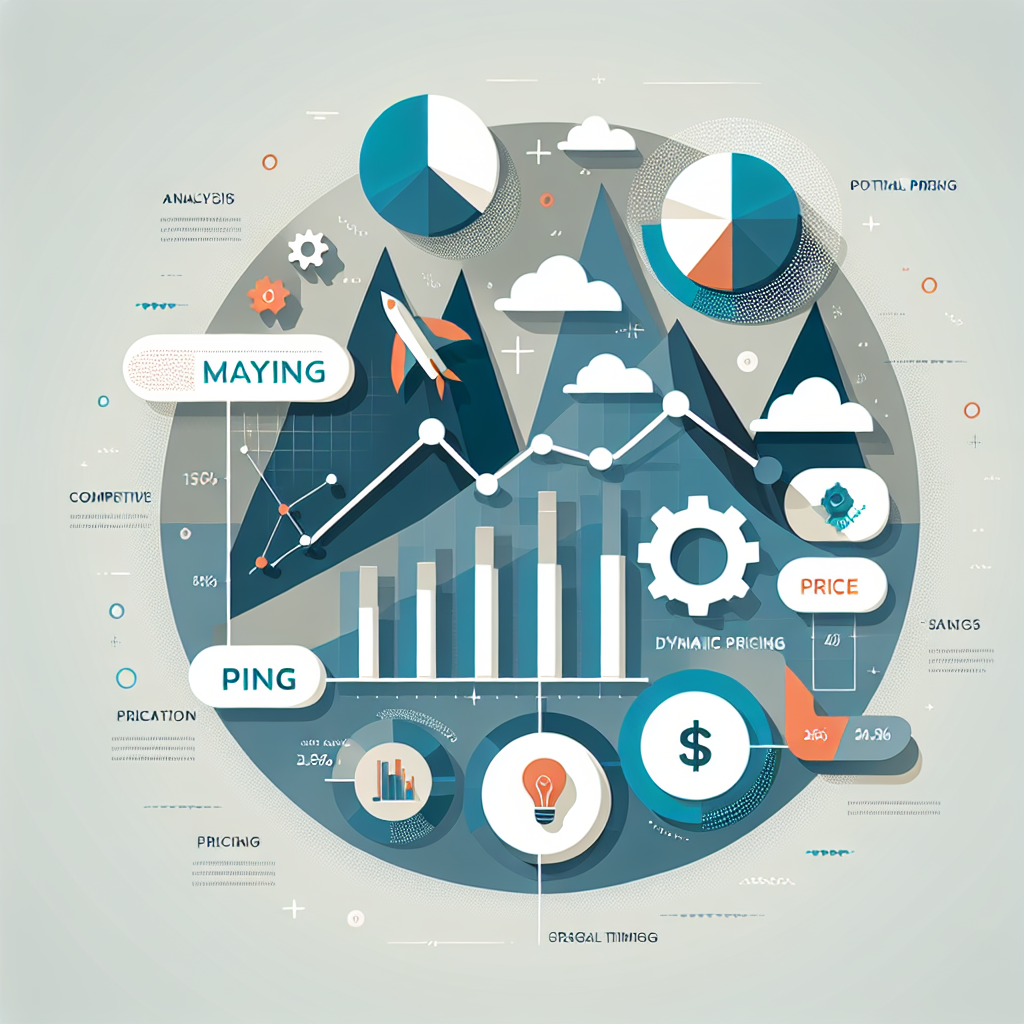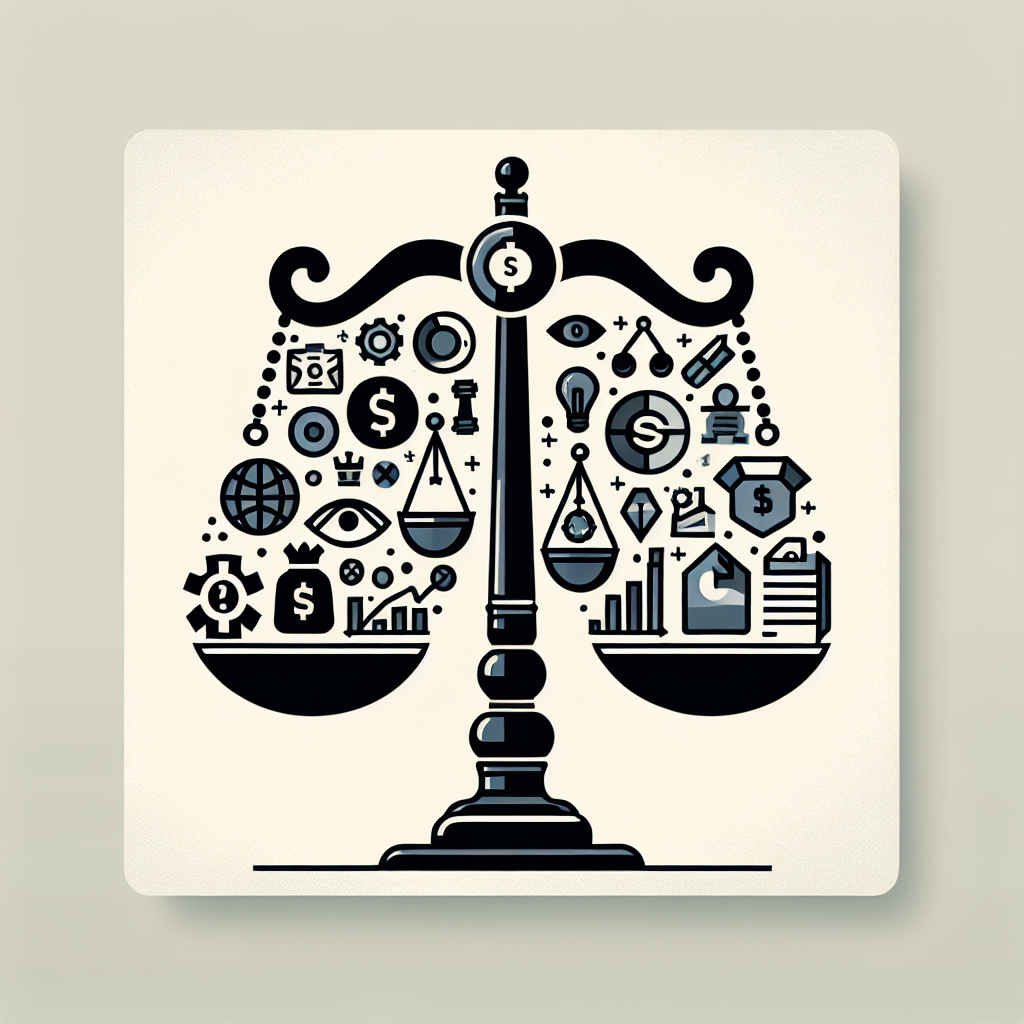Tiered Loyalty Programs: Designing for Aspiration and Value
During a recent flight, I found myself seated next to Catherine, a Customer Loyalty Director for a luxury hospitality brand. As the flight attendant approached with pre-departure drinks, she discreetly addressed Catherine by name and inquired about her preferences from previous flights. The personalized recognition was impressive, but what fascinated me was Catherine's explanation of the behavioral science behind their tiered loyalty approach. "Our program isn't just about rewards," she explained, pulling out her company's strategy document. "It's about creating aspiration ladders where each tier delivers clear additional value while making the next tier visible and attainable." She revealed how their restructured program had increased customer spending by 23% and extended average customer lifespan by 31 months. That conversation transformed my understanding of loyalty design—where effective programs don't simply reward existing behavior but strategically shape future customer decisions through aspiration and attainable value.
Introduction: The Strategic Evolution of Loyalty Architecture
Loyalty programs have evolved from simple punch cards to sophisticated behavioral engineering systems that drive retention through aspiration and strategic value delivery. This evolution has progressed through several distinct phases: from discount-focused rewards to experiential benefits, from fixed structures to dynamic personalization, and now to psychologically-engineered aspiration systems that drive specific customer behaviors.
The elevation of tiered loyalty programs represents what the Journal of Consumer Psychology calls "one of the most effective applications of behavioral economics in modern marketing." In customer retention strategy, well-designed tier structures create powerful motivation systems that increase purchase frequency, average order value, and emotional connection through status recognition.
Research from the Loyalty Science Lab indicates that properly structured tiered programs drive 27% higher annual customer spend and 46% stronger emotional brand attachment compared to single-tier programs. Meanwhile, analysis from the Customer Loyalty Institute found that members in aspirational tier structures demonstrate 3.2x higher incremental revenue compared to those in simple points-based systems.
1. Structure Effective Tier Architecture
Strategic tier design requires balancing exclusivity with attainability.
Value-to-Effort Balancing
Modern tier structures incorporate:
- Benefit-to-requirement ratio optimization
- Marginal effort incentive calibration
- Tier transition threshold testing
- Status-to-reward balance analysis
Hospitality giant Marriott Bonvoy restructured their program tiers based on comprehensive value perception analysis, adjusting benefit delivery to ensure each tier demonstrates clear incremental value. This recalibration increased aspiration for tier advancement by 34% and tier transition achievement by 21%.
Status Signal Engineering
Psychological status elements include:
- Recognition mechanism design
- Exclusivity signaling calibration
- Social comparison facilitation
- Identity reinforcement integration
Airline loyalty program Delta SkyMiles implemented differentiated recognition touchpoints across their tier structure, from priority boarding announcements to personalized greetings. Their "Recognition Moments" framework increased satisfaction scores by 31% among elite members while boosting aspiration among entry-level members by 26%.
Advancement Path Optimization
Strategic progression elements include:
- Milestone visibility enhancement
- Progress acceleration opportunities
- Achievement velocity calibration
- Attainability perception management
E-commerce retailer Sephora's Beauty Insider program redesigned their tier advancement system to include progress notifications, seasonal boost opportunities, and visual progress tracking. These changes increased tier advancement velocity by 18% and reduced tier advancement abandonment by 23%.
2. Deliver Differentiated Tier Benefits
Strategic benefit design must create meaningful differentiation while maintaining program economics.
Experiential vs. Transactional Benefits
Modern benefit portfolios balance:
- Access-based experiential rewards
- Convenience and time-saving benefits
- Financial reward optimization
- Exclusivity-signaling opportunities
American Express restructured their card tier benefits to emphasize experiential rewards at higher tiers while maintaining transactional benefits at lower tiers. This approach increased upgrade aspiration by 29% while improving retention rates across all tiers by an average of 16%.
Psychological Benefit Engineering
Strategic psychological rewards include:
- Recognition mechanism design
- Status reinforcement touchpoints
- Community connection facilitation
- Identity-affirming experiences
Streaming service Spotify Premium redesigned their subscription tiers to include psychological benefits like personalized year-end reviews and early access to new features. These identity-reinforcing elements increased subscriber loyalty by 24% and reduced price sensitivity by 17%.
Cost-to-Value Optimization
Economic optimization approaches include:
- High-perceived-value, low-cost benefit identification
- Partner ecosystem value creation
- Operational integration of recognition elements
- Margin-preserving benefit design
Hotel chain Hilton Honors implemented partner-funded benefits at higher tiers that delivered significant perceived value while maintaining program economics. Their strategic partnership approach increased the perceived value of their Diamond tier by 42% while improving program profitability by 17%.
3. Create Dynamic Engagement Systems
Modern tier programs incorporate systems that drive ongoing engagement beyond static thresholds.
Multi-Dimension Qualification Paths
Evolved qualification structures include:
- Alternative advancement pathways
- Behavior-specific qualification options
- Complementary activity recognition
- Holistic relationship measurement
Financial services company Chase redesigned their Sapphire card program to include multiple qualification dimensions beyond spending, incorporating factors like product adoption and digital engagement. This multi-dimensional approach increased desirable customer behaviors by 31% while improving retention by 24%.
Tier Retention and Requalification
Strategic tier maintenance includes:
- Soft landing implementation
- Requalification incentive design
- Status extension opportunities
- Downgrade experience management
Rideshare platform Lyft introduced a "Tier Protection" feature offering personalized requalification paths when members risk tier demotion. This approach reduced voluntary attrition among at-risk elite members by 36% and increased requalification activity by 28%.
Personalized Tier Experiences
Individualization approaches include:
- Choice-based benefit selection
- Personalized milestone creation
- Individual challenge calibration
- Preference-adaptive rewards
Beauty retailer Ulta implemented a "Choose Your Perks" tier benefit system allowing members to select benefits aligned with their preferences. This personalization increased benefit utilization by 47% and improved satisfaction scores by 34% across all program tiers.
Conclusion: The Future of Loyalty Stratification
As customer acquisition costs rise and competitive differentiation becomes more challenging, strategically designed tier structures will become increasingly critical retention assets. The most successful organizations are moving beyond basic reward systems to sophisticated motivational architectures that blend behavioral science, economic optimization, and emotional engagement.
The future belongs to companies that recognize loyalty tiers as strategic behavior-shaping tools rather than simple reward distribution mechanisms—requiring continuous refinement, psychological insight, and unwavering focus on balancing aspiration with attainability.
Call to Action
For customer loyalty leaders seeking to transform their tier structures:
- Audit your current tier benefits for clear value differentiation between levels
- Analyze customer behavior to identify potential alternative qualification pathways
- Implement systematic measurement of aspiration and progression metrics
- Design tier experiences that balance exclusivity with accessibility
- Create clear visual indicators of tier progression and proximity to advancement
The organizations that thrive will be those that master the delicate balance between exclusivity and attainability, creating loyalty structures that customers actively aspire to climb rather than merely participate in.
Featured Blogs
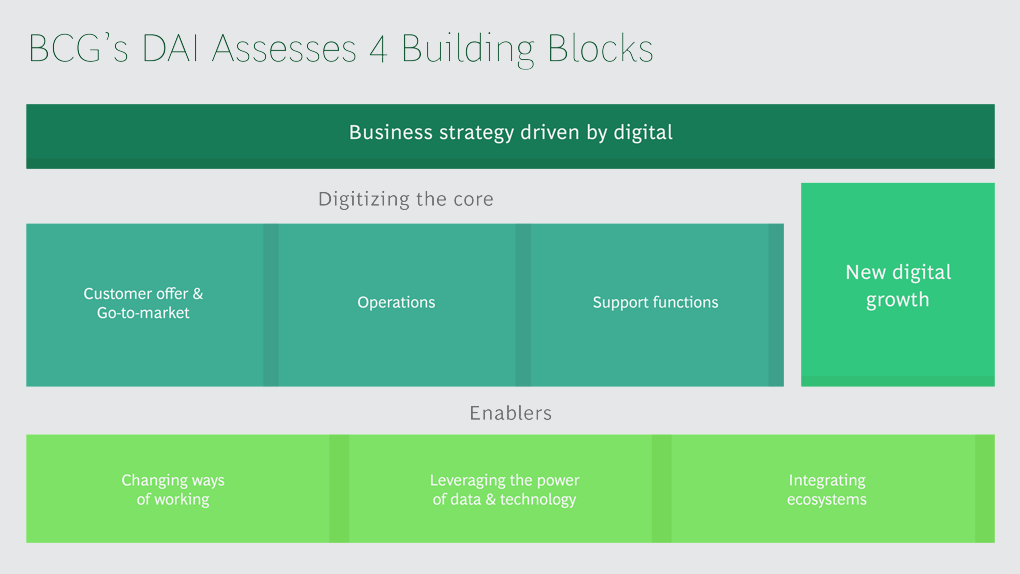
BCG Digital Acceleration Index
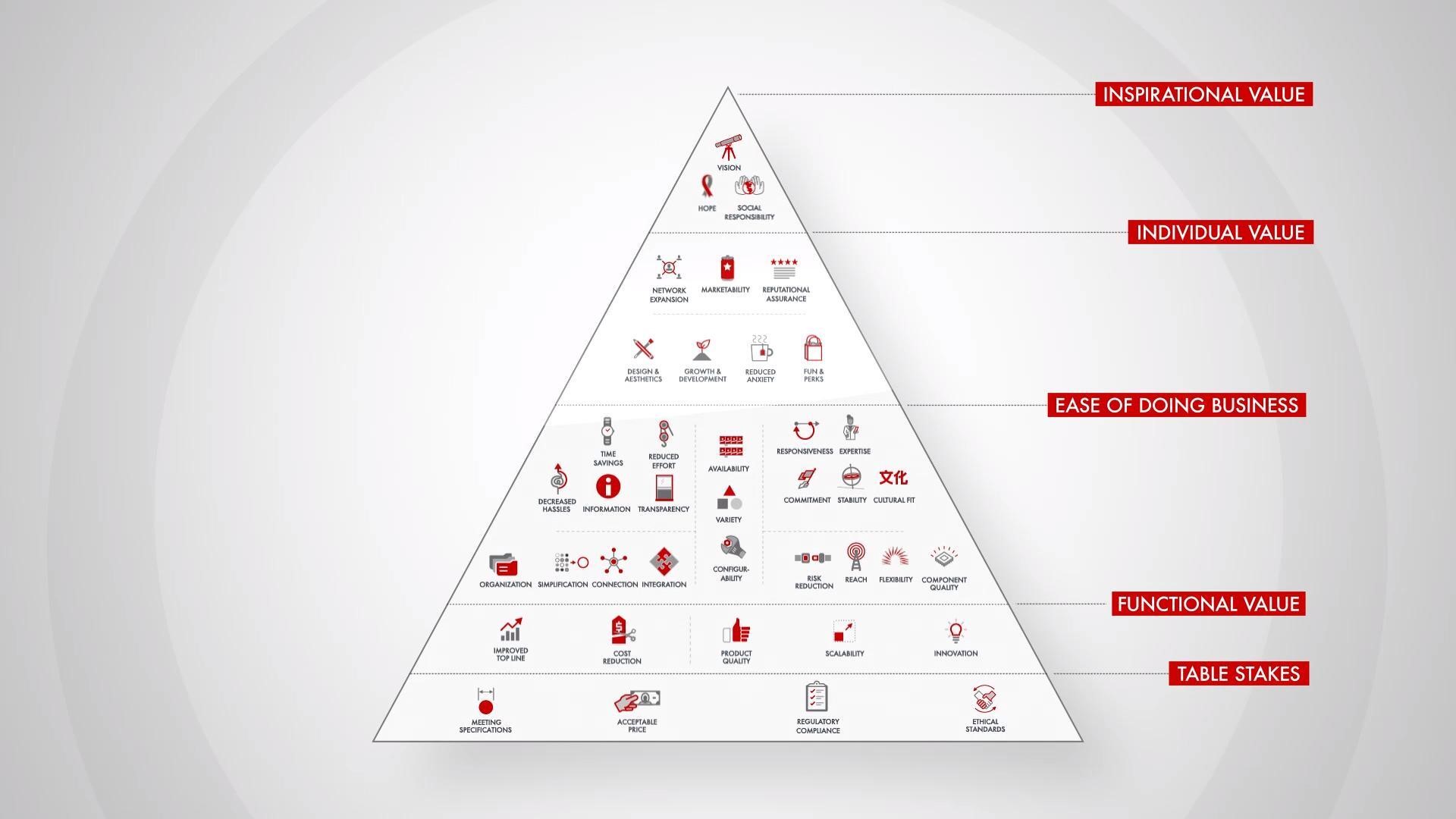
Bain’s Elements of Value Framework
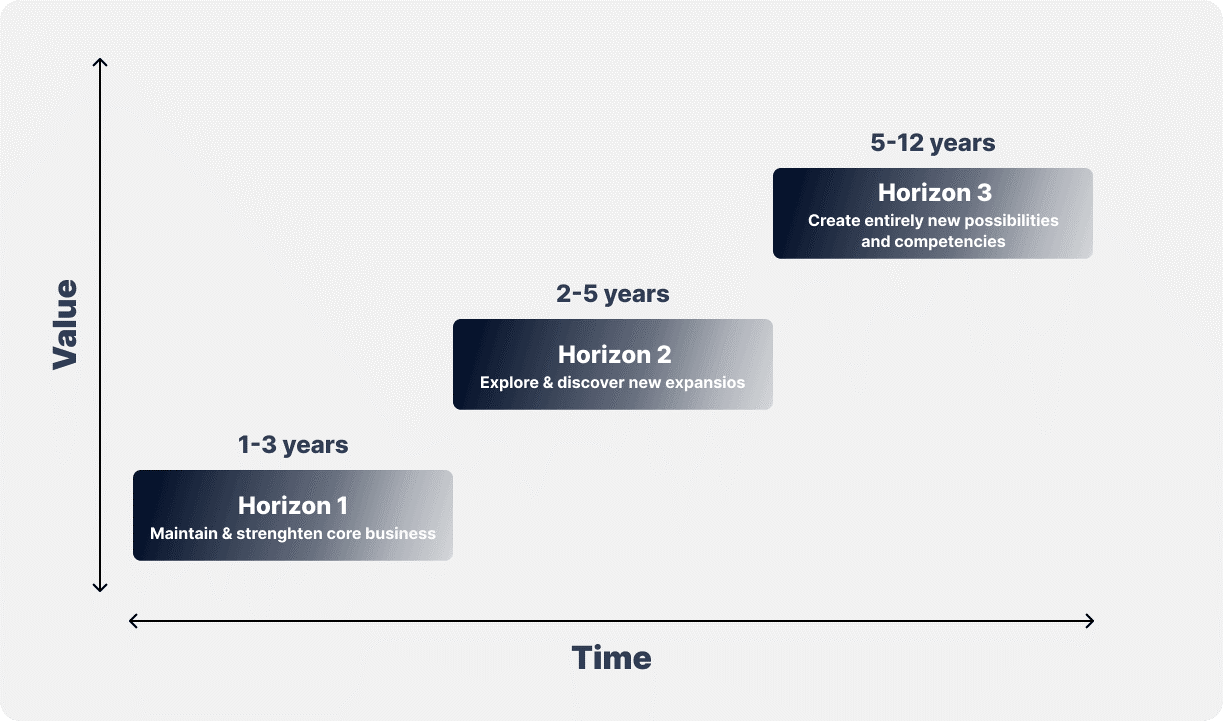
McKinsey Growth Pyramid
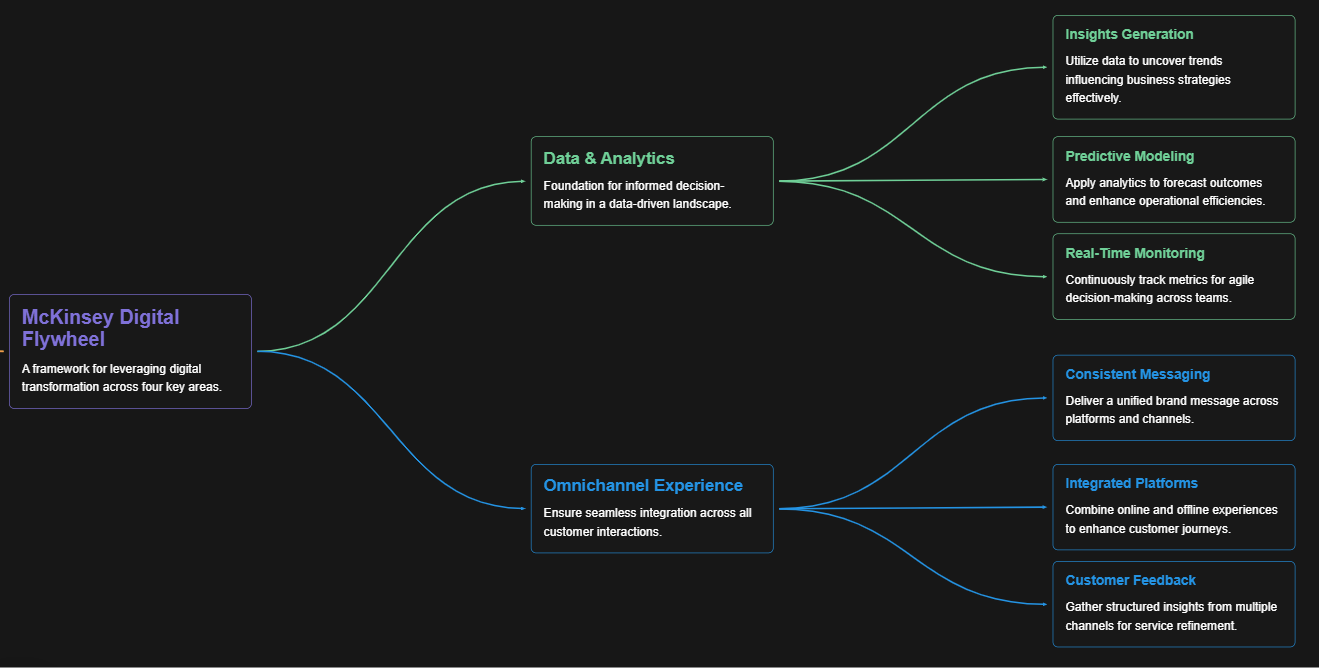
McKinsey Digital Flywheel
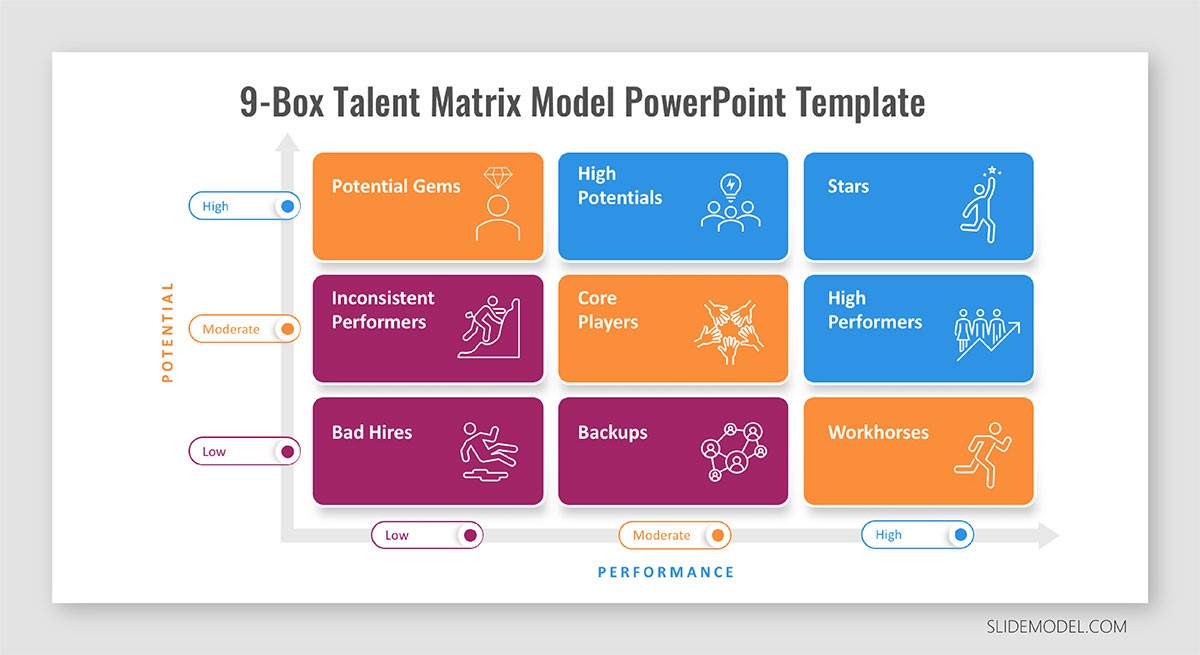
McKinsey 9-Box Talent Matrix
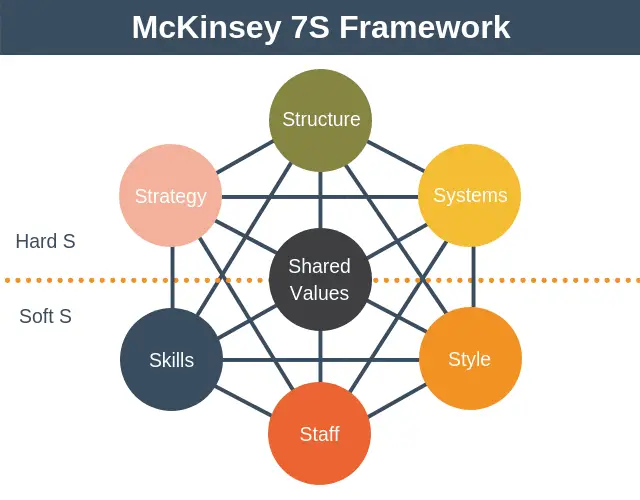
McKinsey 7S Framework
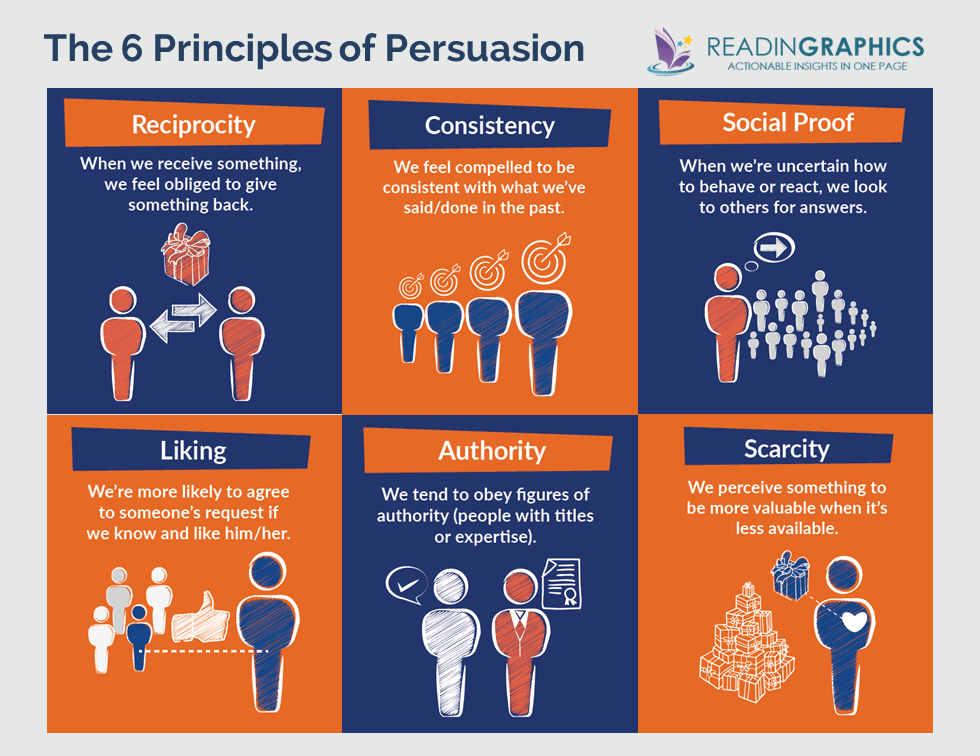
The Psychology of Persuasion in Marketing
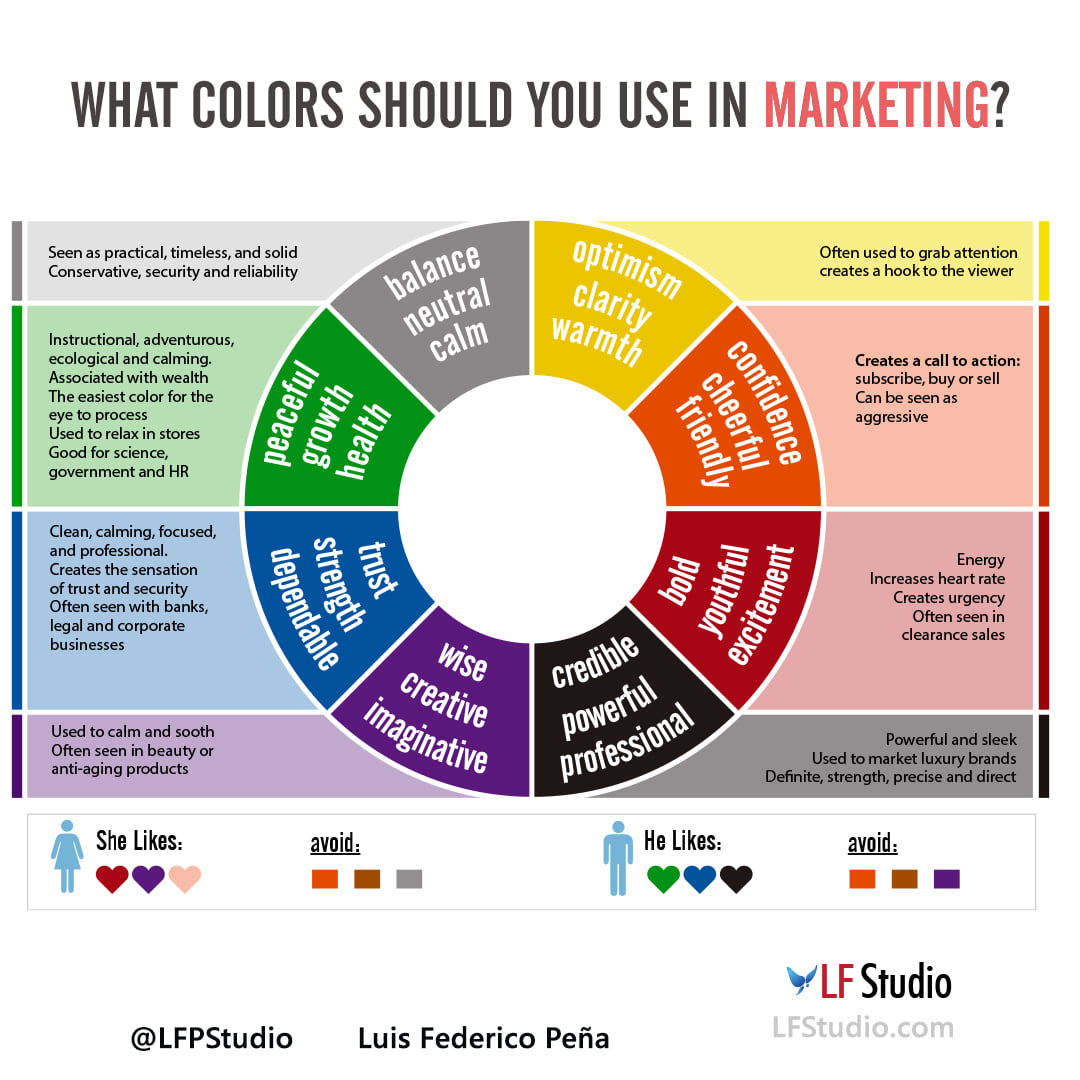
The Influence of Colors on Branding and Marketing Psychology



